-
 Bitcoin
Bitcoin $105,278.9859
4.61% -
 Ethereum
Ethereum $2,414.7741
8.20% -
 Tether USDt
Tether USDt $1.0007
0.05% -
 XRP
XRP $2.1600
7.53% -
 BNB
BNB $639.5433
3.75% -
 Solana
Solana $144.3830
9.37% -
 USDC
USDC $1.0001
0.02% -
 TRON
TRON $0.2742
3.84% -
 Dogecoin
Dogecoin $0.1640
8.57% -
 Cardano
Cardano $0.5811
7.49% -
 Hyperliquid
Hyperliquid $37.2466
5.28% -
 Sui
Sui $2.8243
14.84% -
 Bitcoin Cash
Bitcoin Cash $460.8816
2.22% -
 Chainlink
Chainlink $12.9580
11.75% -
 UNUS SED LEO
UNUS SED LEO $9.1359
1.23% -
 Avalanche
Avalanche $18.2302
10.30% -
 Stellar
Stellar $0.2463
7.80% -
 Toncoin
Toncoin $2.9151
7.18% -
 Shiba Inu
Shiba Inu $0.0...01163
9.79% -
 Hedera
Hedera $0.1532
14.01% -
 Litecoin
Litecoin $85.3310
6.29% -
 Monero
Monero $308.8215
2.90% -
 Ethena USDe
Ethena USDe $1.0007
0.03% -
 Polkadot
Polkadot $3.4259
9.42% -
 Dai
Dai $1.0002
0.01% -
 Bitget Token
Bitget Token $4.1742
3.19% -
 Uniswap
Uniswap $6.8272
8.53% -
 Pepe
Pepe $0.0...09939
12.29% -
 Pi
Pi $0.5358
6.03% -
 Aave
Aave $257.3092
12.83%
Is it a short-term buying point to break through the neckline of the W bottom of the time-sharing chart?
The W bottom pattern signals a bullish reversal in crypto trading, formed by two lows and a neckline breakout, best confirmed with volume and momentum indicators.
Jun 23, 2025 at 11:07 pm
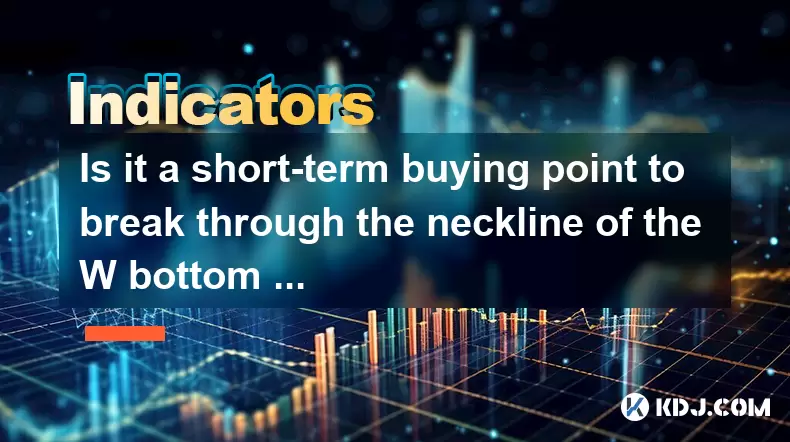
Understanding the W Bottom Pattern in Cryptocurrency Trading
In technical analysis, the W bottom pattern is a reversal formation that signals a potential shift from a downtrend to an uptrend. This pattern consists of two distinct lows (troughs) separated by a peak, forming a "W" shape on the chart. The neckline acts as a resistance level connecting the highs between the two troughs. When the price breaks above this neckline, it often indicates a bullish reversal.
For cryptocurrency traders, identifying a valid W bottom can provide a strategic entry point. However, the effectiveness of this signal depends heavily on volume and confirmation through subsequent price action. Traders must ensure that the breakout isn't a false move or trap set by larger market participants.
Important: A proper W bottom requires both lows to be approximately at the same support level, with the second bounce showing stronger momentum than the first.
Time-Sharing Charts and Their Relevance to Short-Term Trades
Time-sharing charts, or time-based charts like 1-minute, 5-minute, or 15-minute intervals, are commonly used for intraday trading strategies. These charts allow traders to observe short-term price movements and react quickly to changing market conditions. In such environments, patterns like the W bottom can appear frequently, but they may not always result in strong follow-through moves.
When analyzing these shorter timeframes, it's crucial to cross-reference the pattern with other indicators such as moving averages, RSI, or MACD to confirm the strength of the breakout. For example, a breakout accompanied by rising RSI and increasing volume adds credibility to the trade setup.
- Check for increased volume during the breakout – Higher volume suggests real buying pressure.
- Look for candlestick confirmation – A strong bullish candle closing above the neckline confirms the breakout.
- Use multiple timeframes – Confirm the pattern on higher timeframes like the 1-hour or 4-hour chart for better reliability.
Identifying a Valid Breakout Above the Neckline
A breakout occurs when the price closes above the neckline after completing the second trough of the W bottom. However, not all breakouts are created equal. Traders should look for certain characteristics that distinguish a genuine breakout from a fake one:
- Avoid choppy price action – Consolidation after the breakout weakens its validity.
- Price must close decisively above the neckline – Shadows or wicks piercing above but closing below suggest weakness.
- Volume should increase significantly – Sudden surges in volume during the breakout indicate institutional participation.
False breakouts are common in cryptocurrency markets due to their volatile nature and frequent manipulation. To filter out noise, some traders wait for a retest of the broken neckline before entering a position.
Risk Management When Trading the W Bottom Breakout
Even if a W bottom appears valid, risk management remains essential. Setting a stop-loss order below the second trough helps protect against sudden reversals. Additionally, setting realistic take-profit levels based on measured moves can help secure gains.
- Place stop-loss below the second low – This limits losses if the pattern fails.
- Calculate the height of the W pattern – Use it to project a minimum target once the breakout occurs.
- Avoid overleveraging – Especially in highly volatile crypto assets, leverage can amplify both gains and losses.
Traders should also consider using trailing stops to lock in profits as the price continues to rise post-breakout. Monitoring order flow and watching for signs of exhaustion, such as long upper shadows or divergences in momentum indicators, can also assist in managing exits effectively.
Common Pitfalls to Avoid When Trading the W Bottom
Many novice traders fall into traps when interpreting the W bottom pattern on time-sharing charts. One of the most common mistakes is taking trades too early—before the breakout actually happens. Another mistake is ignoring the broader context, such as ongoing bearish trends or negative news affecting the asset.
- Don’t enter before the breakout – Premature entries often lead to losses.
- Don’t ignore market sentiment – Even a perfect pattern can fail in a strongly bearish environment.
- Don’t rely solely on pattern recognition – Combine with volume and momentum indicators for better accuracy.
It’s also important to avoid emotional trading. FOMO (fear of missing out) can cause traders to chase the price after a breakout without confirming the legitimacy of the move.
Frequently Asked Questions
Q: Can the W bottom pattern work on longer timeframes like daily or weekly charts?
Yes, the W bottom pattern is applicable across all timeframes. On daily or weekly charts, it tends to be more reliable because it filters out short-term noise and reflects deeper market psychology.
Q: How do I differentiate between a W bottom and a double bottom pattern?
The W bottom typically forms within a downtrend and has a more pronounced middle peak. The double bottom usually appears after a prolonged decline and has a flatter middle high, making it slightly different in structure.
Q: What if the price retraces back to the neckline after breaking out?
A retest of the neckline is normal and often strengthens the breakout. If the price holds above the neckline during the retest, it reinforces the bullish case.
Q: Should I use limit orders or market orders when entering a W bottom breakout trade?
Limit orders can help avoid slippage in fast-moving markets, while market orders guarantee execution at current prices. It’s advisable to use limit orders slightly below the breakout level to manage entry precisely.
Disclaimer:info@kdj.com
The information provided is not trading advice. kdj.com does not assume any responsibility for any investments made based on the information provided in this article. Cryptocurrencies are highly volatile and it is highly recommended that you invest with caution after thorough research!
If you believe that the content used on this website infringes your copyright, please contact us immediately (info@kdj.com) and we will delete it promptly.
- XLM Price, Bitcoin Solaris, and Returns Prediction: Navigating the Crypto Landscape
- 2025-06-24 16:25:13
- Adam Schiff's COIN Act: Curbing Crypto Endorsements and Conflicts of Interest
- 2025-06-24 16:25:13
- Coinbase Stock Price and Benchmark Issues: A NYC Perspective
- 2025-06-24 16:35:12
- Shiba Inu, Pepe Coin, and the Meme Coin Mania: What's the Deal?
- 2025-06-24 16:35:12
- Rupee Coin Riches: How to Sell Your Way to Financial Freedom
- 2025-06-24 14:25:12
- XRP Ledger, Validators, and Holders: Navigating the Future of Digital Finance
- 2025-06-24 14:25:12
Related knowledge
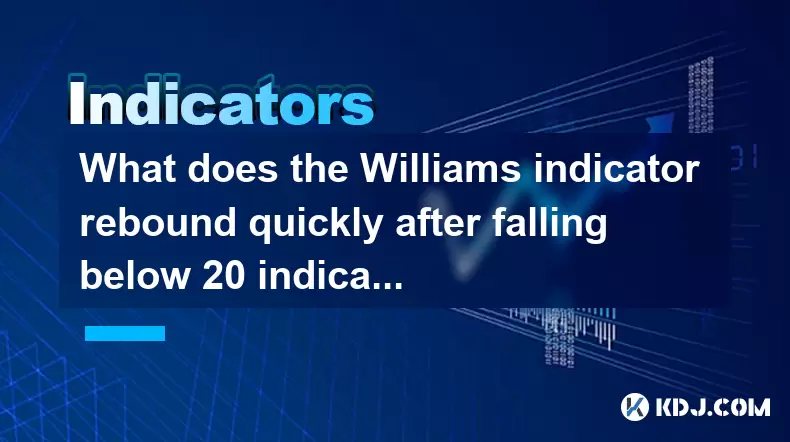
What does the Williams indicator rebound quickly after falling below 20 indicate?
Jun 24,2025 at 04:49pm
Understanding the Williams %R IndicatorThe Williams %R indicator, also known as Williams Percent Range, is a momentum oscillator used in technical analysis to identify overbought and oversold conditions in financial markets, including cryptocurrencies. It was developed by Larry Williams and typically operates on a scale from 0 to -100. In the context of...
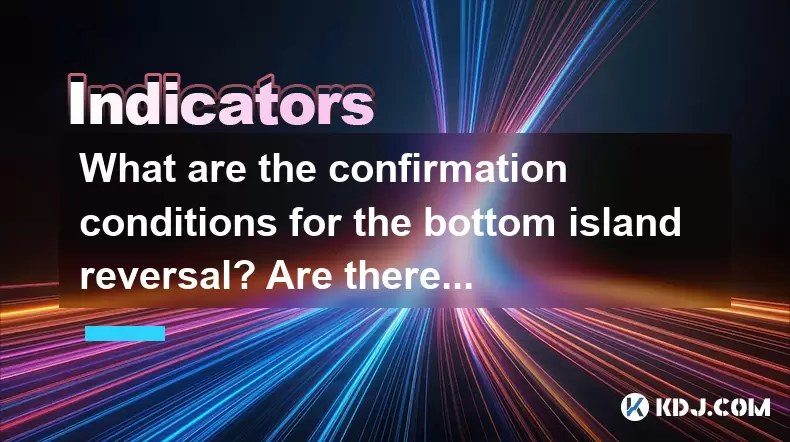
What are the confirmation conditions for the bottom island reversal? Are there many false signals?
Jun 24,2025 at 04:56pm
Understanding the Bottom Island Reversal PatternThe bottom island reversal is a rare but significant candlestick pattern that indicates a potential shift from a downtrend to an uptrend. It typically forms when there's a gap down followed by a gap up, leaving a 'blank' space on the chart — the island — which is isolated from the surrounding price action....
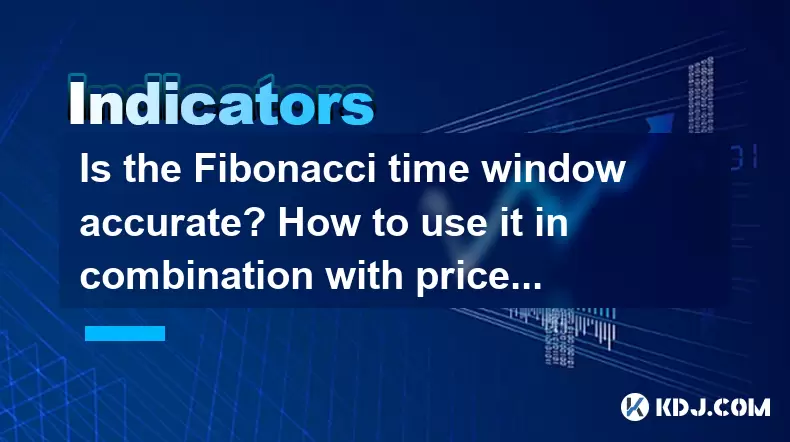
Is the Fibonacci time window accurate? How to use it in combination with price patterns?
Jun 24,2025 at 03:49pm
Understanding the Fibonacci Time Window ConceptThe Fibonacci time window is a technical analysis tool derived from the Fibonacci sequence, commonly used in financial markets, including cryptocurrency trading, to predict potential reversal or continuation points based on time rather than price. Unlike traditional Fibonacci retracement levels that focus o...
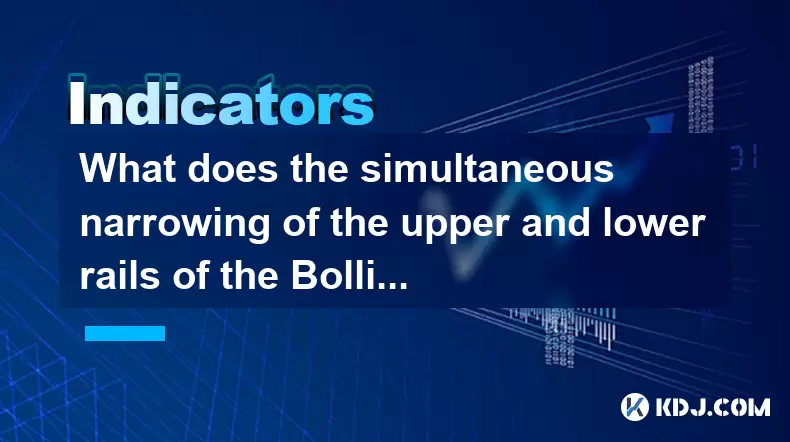
What does the simultaneous narrowing of the upper and lower rails of the Bollinger Bands indicate? How to predict the direction of the breakthrough?
Jun 24,2025 at 04:43pm
Understanding the Bollinger Bands MechanismBollinger Bands are a popular technical analysis tool used in cryptocurrency trading to assess price volatility and potential reversal points. The indicator consists of three lines: a simple moving average (SMA) in the center, typically set at 20 periods, with two outer bands that represent standard deviations ...

Is the large volume limit drop at the bottom a fund accumulation? How to confirm the reversal later?
Jun 24,2025 at 01:42pm
Understanding Large Volume Limit Drops at the BottomA large volume limit drop refers to a situation where the price of a cryptocurrency falls sharply, hitting its lower circuit breaker or minimum daily trading threshold, and is accompanied by unusually high trading volume. When this occurs at what appears to be the bottom of a downtrend, it raises quest...

Will the low cross star reverse? What additional conditions need to be met?
Jun 24,2025 at 02:50pm
Understanding the Low Cross Star PatternThe low cross star is a candlestick pattern often observed in cryptocurrency trading charts. It typically appears during a downtrend and consists of a small-bodied candle with long upper and lower shadows, resembling a cross or a doji. Traders look for this pattern as a potential signal of reversal from a bearish ...

What does the Williams indicator rebound quickly after falling below 20 indicate?
Jun 24,2025 at 04:49pm
Understanding the Williams %R IndicatorThe Williams %R indicator, also known as Williams Percent Range, is a momentum oscillator used in technical analysis to identify overbought and oversold conditions in financial markets, including cryptocurrencies. It was developed by Larry Williams and typically operates on a scale from 0 to -100. In the context of...

What are the confirmation conditions for the bottom island reversal? Are there many false signals?
Jun 24,2025 at 04:56pm
Understanding the Bottom Island Reversal PatternThe bottom island reversal is a rare but significant candlestick pattern that indicates a potential shift from a downtrend to an uptrend. It typically forms when there's a gap down followed by a gap up, leaving a 'blank' space on the chart — the island — which is isolated from the surrounding price action....

Is the Fibonacci time window accurate? How to use it in combination with price patterns?
Jun 24,2025 at 03:49pm
Understanding the Fibonacci Time Window ConceptThe Fibonacci time window is a technical analysis tool derived from the Fibonacci sequence, commonly used in financial markets, including cryptocurrency trading, to predict potential reversal or continuation points based on time rather than price. Unlike traditional Fibonacci retracement levels that focus o...

What does the simultaneous narrowing of the upper and lower rails of the Bollinger Bands indicate? How to predict the direction of the breakthrough?
Jun 24,2025 at 04:43pm
Understanding the Bollinger Bands MechanismBollinger Bands are a popular technical analysis tool used in cryptocurrency trading to assess price volatility and potential reversal points. The indicator consists of three lines: a simple moving average (SMA) in the center, typically set at 20 periods, with two outer bands that represent standard deviations ...

Is the large volume limit drop at the bottom a fund accumulation? How to confirm the reversal later?
Jun 24,2025 at 01:42pm
Understanding Large Volume Limit Drops at the BottomA large volume limit drop refers to a situation where the price of a cryptocurrency falls sharply, hitting its lower circuit breaker or minimum daily trading threshold, and is accompanied by unusually high trading volume. When this occurs at what appears to be the bottom of a downtrend, it raises quest...

Will the low cross star reverse? What additional conditions need to be met?
Jun 24,2025 at 02:50pm
Understanding the Low Cross Star PatternThe low cross star is a candlestick pattern often observed in cryptocurrency trading charts. It typically appears during a downtrend and consists of a small-bodied candle with long upper and lower shadows, resembling a cross or a doji. Traders look for this pattern as a potential signal of reversal from a bearish ...
See all articles
























































































